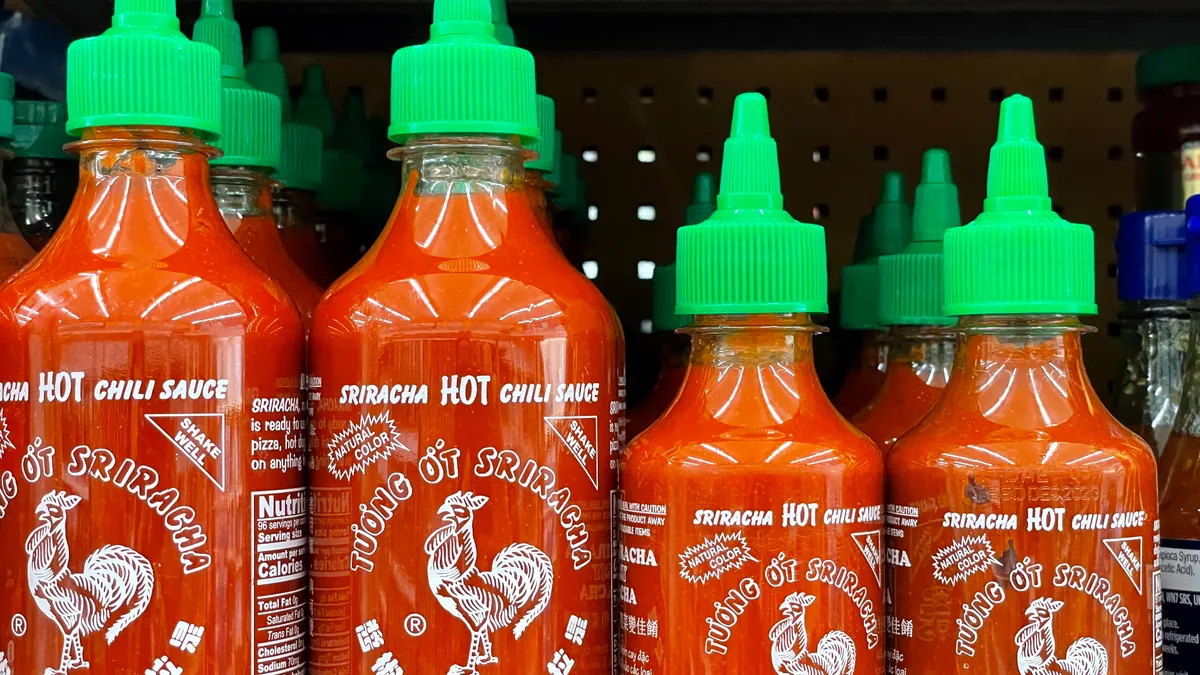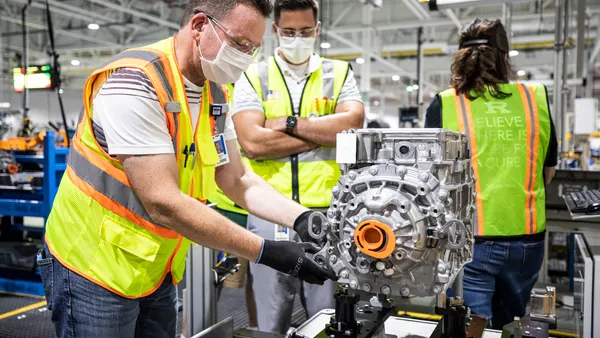To fully appreciate the sales and use tax compliance challenges faced by manufacturers, it’s useful to start with a recent comment from an indirect tax director:
“Right now, we have about 15 to 20 open sales tax audits, and that’s about normal for us. We have seen a significant uptick in the number of audits, with new jurisdictions coming in and others being more aggressive.”¹
It’s fair to say the need to track, collect, permit and defend sales and use tax payments has never been greater. Manufacturing sales and purchase activities are under scrutiny from the country’s 12,000-plus taxing jurisdictions. Today, every state with a sales tax has implemented an economic nexus standard.
Sales and use tax obligations put manufacturers on the spot. Invoices must be vetted for not only what is being purchased, but also how it’s being used and where.
More audit reviews
A recent survey commissioned by the Manufacturers Alliance and Sovos, a global compliance technology solutions and services provider, asked 70 tax leaders their views on tax compliance challenges. Nearly eight out of 10 report they expect even more audit scrutiny from state jurisdictions in the next 12-36 months. Meanwhile, jurisdiction-by-jurisdiction compliance standards are not static. Changes can and must be expected, putting manufacturers on notice to maintain constant monitoring diligence.
It can be a confounding situation, adding layers of complexity to a process that all too often requires “eyes on” manual determinations. It’s a demanding situation that Tim Roden, solution principal, sales and use tax, Sovos knows all too well.
“If you’re not appropriately assessing and remitting use tax on purchases, that could result in a significant audit finding,” says Roden in a recent interview. “You may owe penalties and interest along with the tax.”
Calculated risk
Roden says it’s a challenge to analyze and make sales and use tax determinations. Some companies take a calculated risk of only reviewing invoices where no sales tax is charged. Even then you may be missing out on some partial accruals, Roden explains.
Today, five years out from South Dakota v. Wayfair, Inc., the sophistication of how many manufacturers approach sales and use tax responsibilities remains uneven. Some might characterize the industry response as the Wild West, as each organization grapples for the best way forward in an increasingly complex and digital tax environment.
Without a defined process in place, a bit of invoice forensics may be called for, adds Sovos’ senior strategy program manager, Shelby Toto. “You might be looking at handwritten receipts and trying to understand what, in fact, was purchased,” she says in a recent interview.
Faster determinations
The nature of the manufacturing business adds to sales and use tax complexity as well. Changing business strategies, such as mergers/acquisitions, market (nexus) expansion, new products, e-commerce initiatives and other business moves, generate additional layers of uncertainty. Sales growth and the added scalability pressures that it produces must also be considered. The Manufacturers Alliance survey confirms changing business direction is the top reason for sales and use tax complexity among respondents.
Roden says what’s called for is a way to make accurate sales and use tax determinations on the fly, in a way that doesn’t slow operations.
It’s a challenge animal care services and consulting company IDEXX, recently took on. The large U.S.-based multinational veterinary products and services company identified three challenges: 1) Rapid expansion required more compliance bandwidth; 2) Manual configurations were time consuming; and 3) It’s hard to keep up with constantly evolving tax requirements.
The company’s previous tax solution required some manual configurations, slowing reporting. Rapidly escalating sales were also projected to stress their process.
$1.8 million annual savings
IDEXX turned to Sovos’ cloud-based automation solution that could scale on demand. The company had less control over taxability during the purchasing process, which required more time for an in-depth analysis. IDEXX reports that it has now reduced that to about one day each month.
Perhaps even more gratifying, IDEXX figures to save $150,000 a month on internal tax software management, or about $1.8 million annually, with a solution that improves sales and use tax compliance.
Similarly, a major construction company that also utilized Sovos solutions reported gains in its approach to sales tax compliance. “When we implemented a sales tax software solution, it significantly cut down a portion of the manual work such as invoice review and taxability rates. By automating it up front, we can get about a 95% accuracy rate on taxability,” the company's indirect tax director says.²
Roden cautions that even automation must be designed to fit the manufacturer’s business rules. “There’s no one size fits all for automation,” he says, citing Sovos’ experience in working closely with manufacturers. Sovos is able to “help define the tax rules so the automation solution is fast, compliant and helps ensure more audits without adjustments.” Fewer surprises, more efficiency.
Manufacturing companies face an uphill battle with sales and use tax compliance. There are numerous moving parts that are constantly evolving. However, working with the right partner can help simplify and speed up determinations, transforming the sales and use tax compliance process into a well-oiled machine.
¹ February 27, 2023. "Sales and Use Tax Trends for Manufacturers" Webinar. Slide: Optimal Strategies for Sales & Use Tax Compliance Going Forward. Sovos.
² February 27, 2023. "Sales and Use Tax Trends for Manufacturers" Webinar. Sovos










